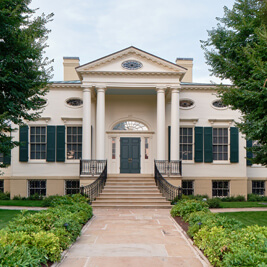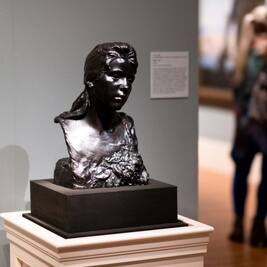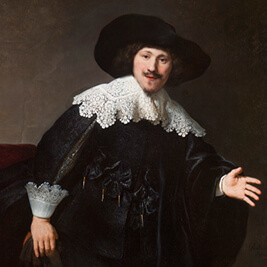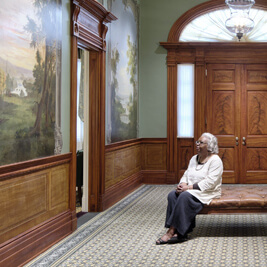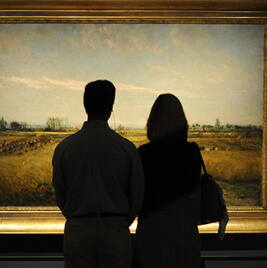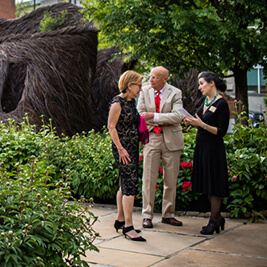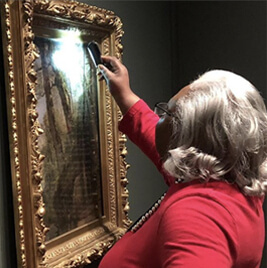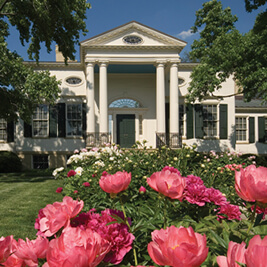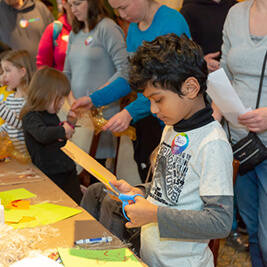- Do + See
- Dine + Host
- Give + Join
- Educate + Learn
Limoges enamels during the Reformation
Angela Fuller, Curatorial and Registration Assistant
Small and shiny, Limoges enamels glow like jewels in the Taft Museum of Art’s Medieval and Renaissance galleries. Workshops of skilled artisans in Limoges, France, produced these decorative objects by delicately fusing layers of vividly colored glass to copper. By the 16th century, influenced by the Italian Renaissance and aided by a newly developed enameling technique similar to painting, enamellers replaced medieval modes of decoration with dynamic storytelling.
Enamellers portrayed scenes from the Bible and classical mythology, drawing inspiration from a wide variety of works by other artists—prints, stained glass windows, drawings, paintings, and books. In the Taft’s galleries, visitors can find scenes from the life of Christ along with the exploits of Hercules and Jason. Old Testament stories featuring Noah, Abraham, and Moses became especially popular in the 1520’s.
Pictured here is a dish decorated with a scene of Lot and his daughters from the Old Testament book of Genesis. Having escaped God’s destruction of the cities Sodom and Gomorrah, they find themselves stranded in the wilderness. Knowing they are not likely to find husbands, the daughters seduce their father because they want to have children. To break up the grisaille, or black and white, color scheme, hints of red and gold highlight the burning city in the background, spilled wine, and a sword. This stark image of sin, destruction, and divine punishment seems bleak to us now, but it reflects the uncertain and often violent environment in which it was made.
The Reformation, triggered in 1517 by German monk Martin Luther, upended the authority of the Catholic Church, the religious institution which for a thousand years had dominated spiritual life in Western Europe. Luther believed that faith alone was the path to salvation. He also emphasized the Bible as the only source of divine truth, and criticized what he regarded as materialism and corruption within the hierarchy of the Catholic Church.
The workshop responsible for Lot and His Daughters also created a dish directly based on Luther’s ideas. An allegory of faith as the path to salvation decorates the center. A thick, pictorial border surrounding the scene features nightmarish, intertwined creatures, including a canine beast with a human face wearing the domed hat of a bishop or pope. Riding on his back is a horned demon. Equally perverse creatures wear a cardinal’s hat and monk’s robes, satirically voicing Luther’s critique of the Catholic hierarchy.
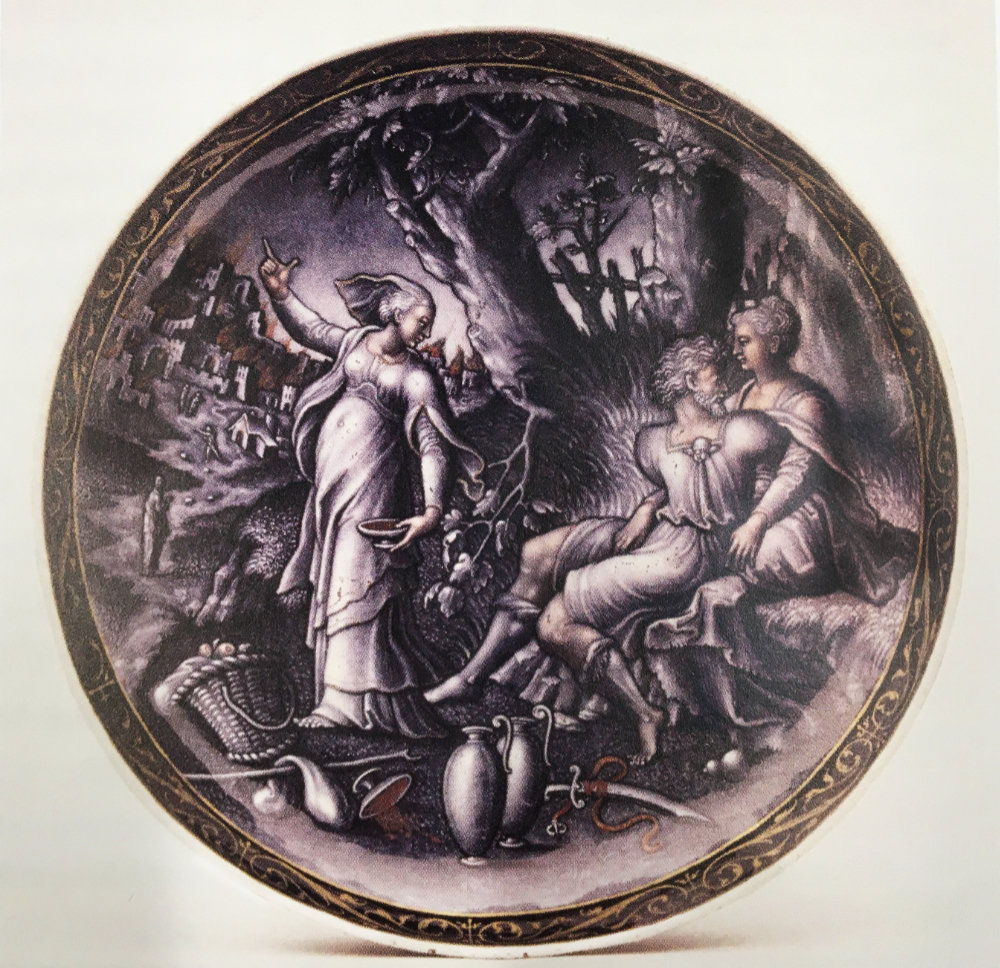
Workshop of Pierre Reymond, Standing Dish with Lot and His Daughters, mid-16th century, enamel on copper, 1931.298. Bequest of Charles Phelps and Anna Sinton Taft, Taft Museum of Art, Cincinnati, Ohio
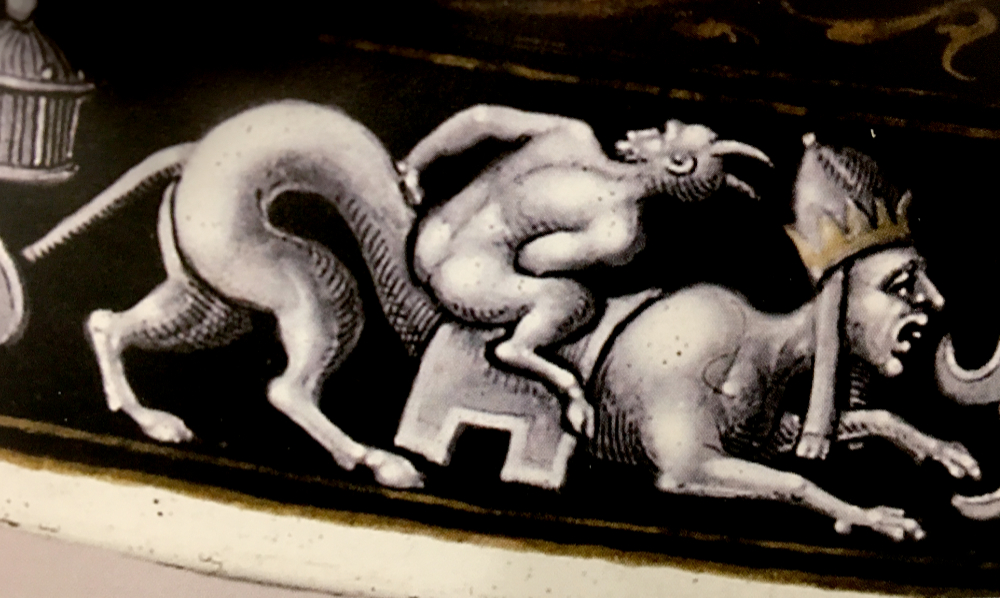
Pierre Reymond (about 1513- after 1584), Oval Stand for Ewer: Allegory of the Redemption, 1566, painted enamel on copper, 44.357. The Walters Art Museum.
In France, tensions between Catholics and Protestants erupted into a long period of violence that was as much a struggle for power among vying noble families of France as it was a conflict over religion. The city of Limoges remained Catholic, though this was partly for political reasons, as its citizens resented the Protestant noble family in charge of the region, blaming them for taking power away from the city’s municipal government. Enamellers were in a difficult position because they relied on commissions from French noble families, both Catholic and Protestant, for their livelihood. An artist’s personal feelings likely took a backseat to those of their patrons.
Whether familiar stories or subversive propaganda, Limoges enamels are more than just beautiful; they offer us a fascinating glimpse into how even “simple” decorative objects expressed turbulent times and a continent-wide crisis of faith.
The author gratefully acknowledges the following source – Grand-Dewyse, Camille. Émaux de Limoges au temps des guerres de Religion. Rennes: Presses Universitaires de Rennes, 2011.
